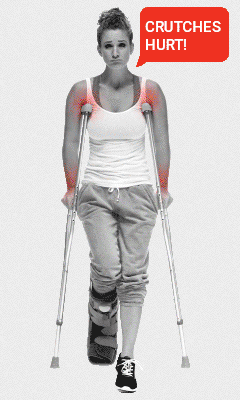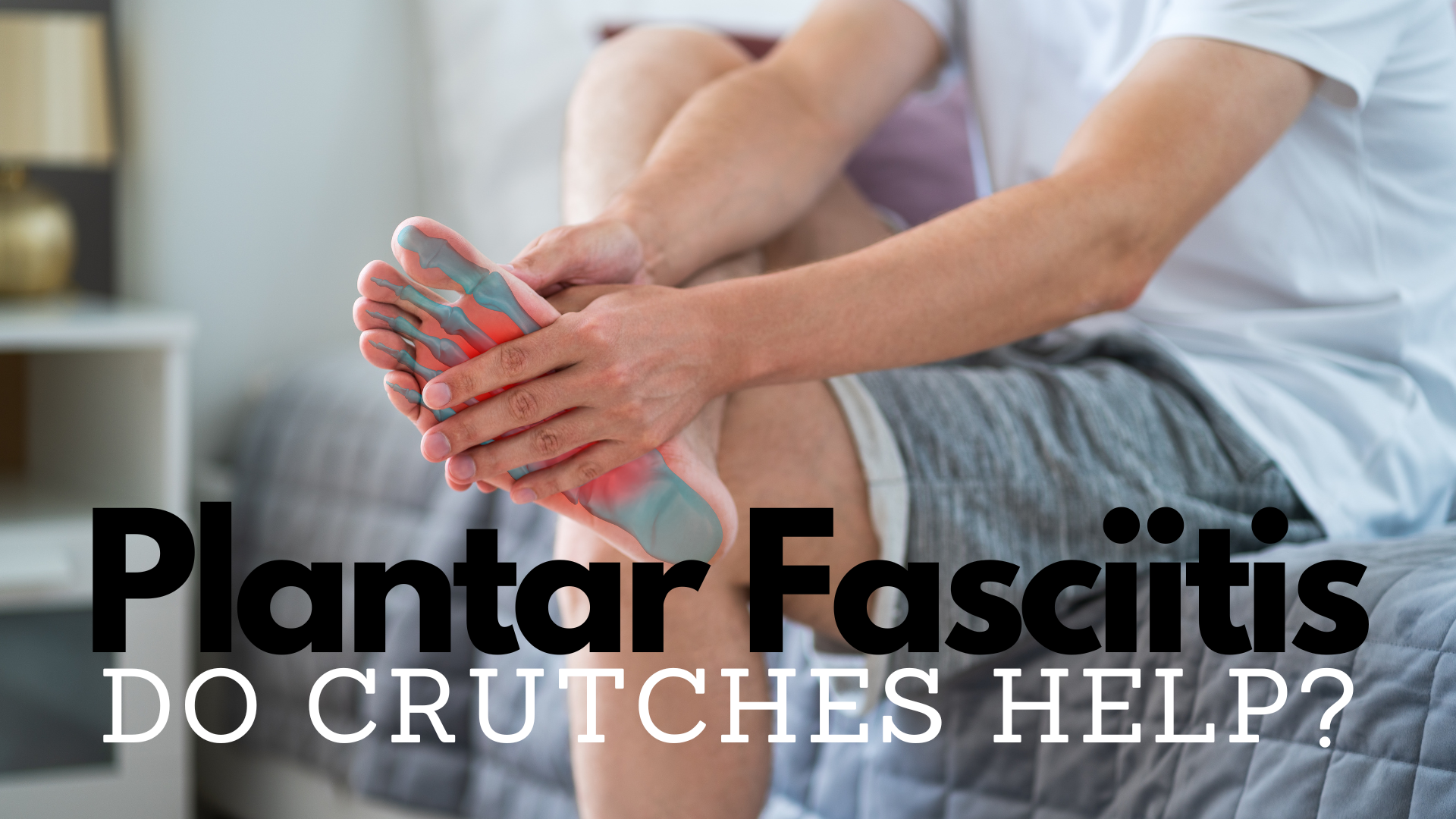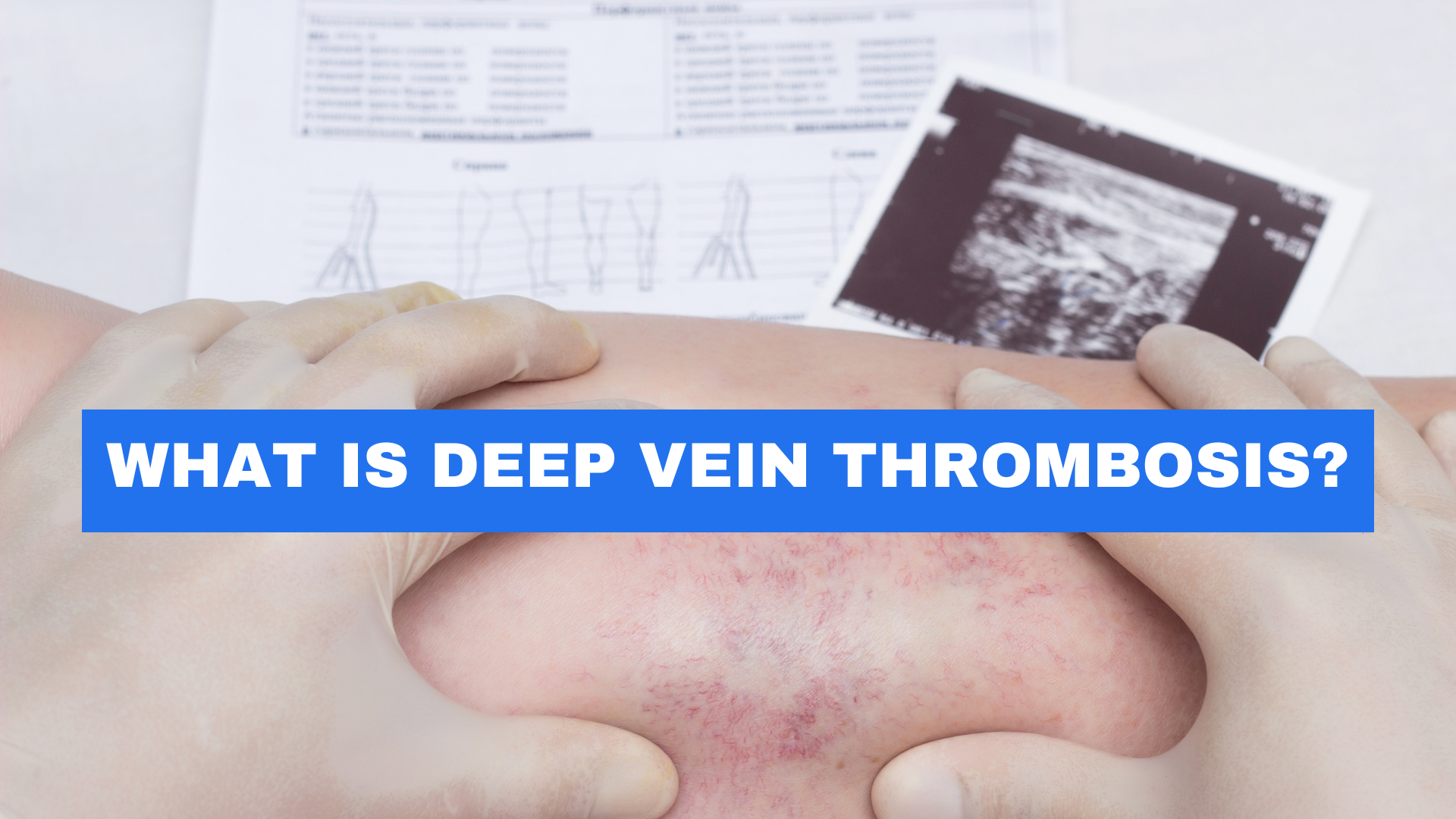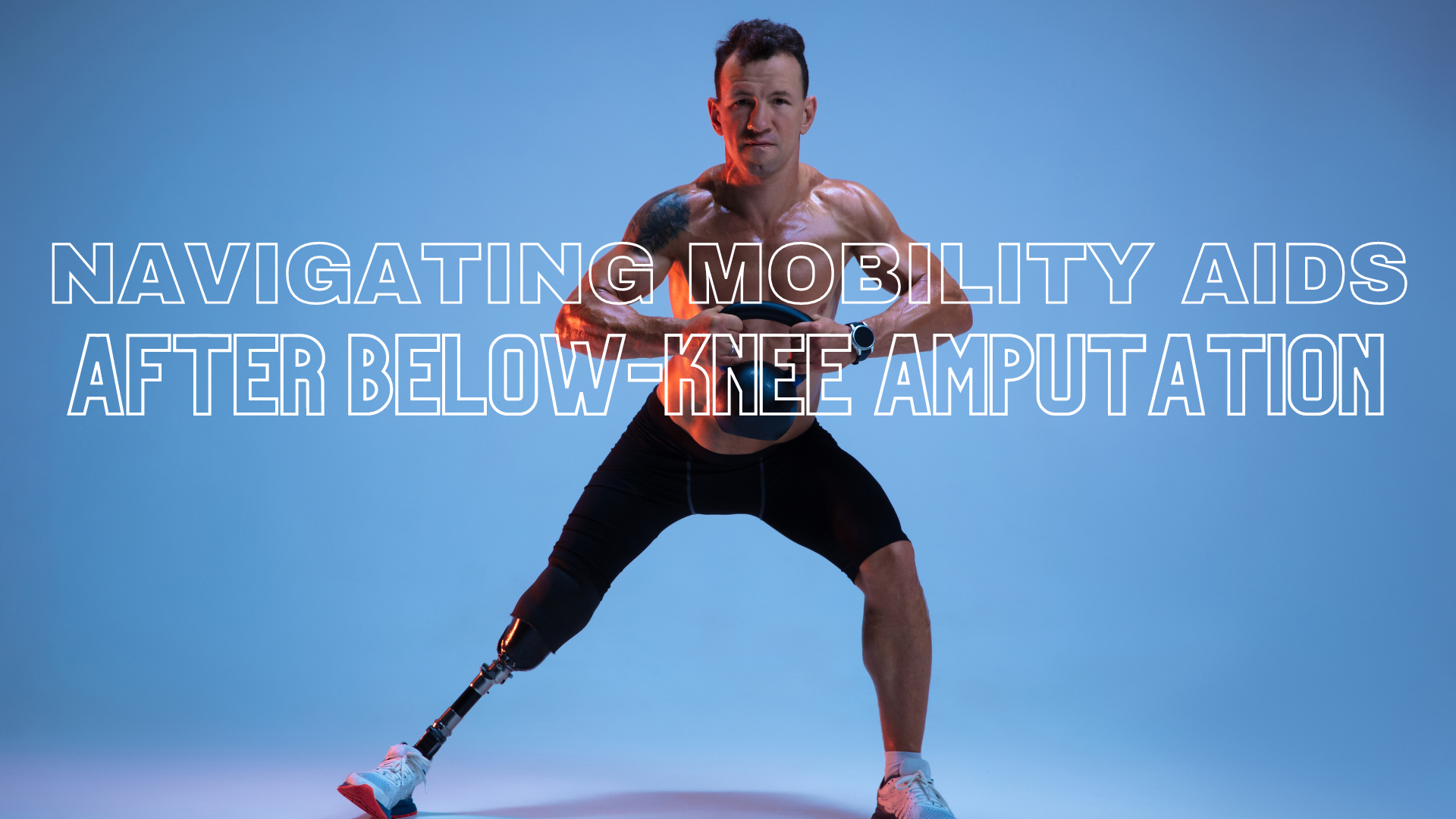Skiing is an exhilarating winter sport that combines breathtaking scenery with an adrenaline rush. It’s not just a winter activity, many ski resorts in the United States offer spring skiing too. Spring skiing can be just as enjoyable, with milder temperatures and longer daylight hours. In some areas, spring skiing can last well into April or even May.
That being said, as with any physical activity, there are risks involved. Lower-leg injuries, in particular, are common among skiers due to the twisting and turning motions on the slopes. These injuries can be both painful and debilitating. Lower-leg injuries are common, such as fractures, sprains, and strains. This can occur when a skier falls and lands awkwardly on their leg or when they collide with another skier or object. Fractures can range from mild to severe and may require surgery and a long period of recovery.
Recovery from ski-related lower-leg injuries can be lengthy, as the lower extremities are often crucial for mobility and balance. Depending on the severity of the injury, the recovery process can take several weeks or months.
Initially, the injured person may need to be non-weight bearing and may require the use of crutches, knee scooters, or other mobility aids. However, traditional crutches can be cumbersome, uncomfortable, and even painful to use for extended periods of time. Knee scooters can also have limitations and may not be suitable for all types of terrain.
The Freedom to Resume Life
Marlene, a passionate skier, recalls her unfortunate experience, “After researching alternatives to crutches and a knee scooter, I ordered the iWALK crutch three days after my accident.” Over six weeks of non-weight bearing, Marlene found the iWALK hands-free crutch to be a game-changer in her recovery journey. She ordered the iWALK, eager to regain some semblance of normalcy in her active life.
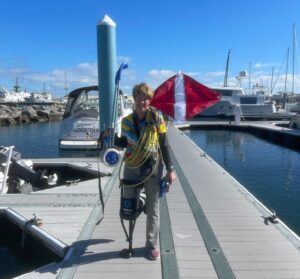
Once Marlene began using the iWALK, she found herself able to participate in various activities she cherished. As a commercial SCUBA diver, owner of two racing sailboats, and a supporter of the sailboat racing industry, the iWALK hands-free crutch provided her with newfound freedom. She could still engage in topside Race Committee duties, build projects, and even run the crane. It allowed her to maintain mobility and a sense of normalcy, bridging the gap between injury and resuming her active lifestyle without downtime.
Limitations and Adjustments
Marlene honestly acknowledges that the iWALK may not be suitable for everyone and for all occasions, “I can still be topside on the race committee, build stuff, run the crane, but I cannot climb ladders or be in a race boat (either on land or in water),” she emphasizes. She has given her iWALK a nickname, “Peggy,” and looks forward to ending their relationship, although she fully appreciates her being there to support her throughout her recovery.
If you’re currently recovering from a lower-leg injury, it’s time to explore the iWALK hands-free crutch as an alternative to crutches and knee scooters. Marlene’s testimonial exemplifies the benefits of this innovative device, offering functional mobility and reducing the urge to put excessive weight on the injured foot. By transitioning to the iWALK hands-free crutch, you can regain independence and actively participate in daily activities, without the limitations imposed by traditional mobility aids like crutches or knee scooters.
Don’t let your lower leg injury hold you back from enjoying life to the fullest. Consider trying the iWALK hands-free crutch and experiencing the remarkable difference it can make in your recovery journey. Reclaim your mobility and embrace the possibilities with the iWALK hands-free crutch today.

